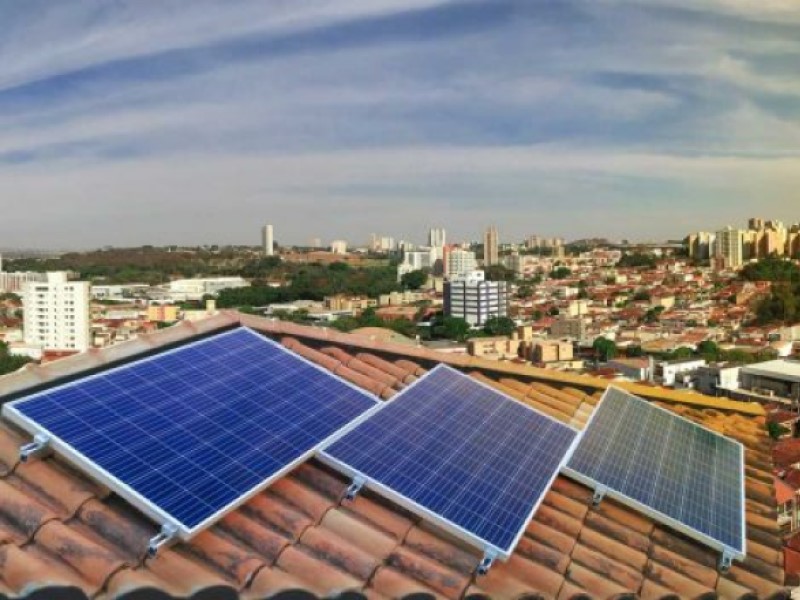The Australian Energy Regulator will be separated from the Australian Competition and Consumer Commission under new legislation that entered parliament more than a year since the split was approved in mid-2023.
The proposed legislation was introduced to Parliament on Wednesday morning by Assistant Minister for Climate Change and Energy Josh Wilson. The move comes as the Australian Energy Regulator supports the delivery of new standards, rules, and innovation for the mass adoption of consumer energy resources like rooftop solar, community batteries, and electric vehicles.
As the AER and the ACCC are considered the same entity for the purposes of finance law, the regulators share staff, resources and facilities, although these are outside the control of the AER board.
Separating the AER will give it full management and financial autonomy, removing “the government’s risks that hinder the AER ability to manage these increasing regulatory responsibilities effectively”.

As the AER and the ACCC are considered the same entity for the purposes of finance law, the regulators share staff, resources and facilities, although these are outside the control of the AER board.
Separating the AER would give it full management and financial autonomy, removing “the government’s risks that hinder the AER ability to manage these increasing regulatory responsibilities effectively”.
Australian energy ministers approved the separation of the AER and the ACCC in May 2023, with initial plans to “work towards this legislative change in the 2023–24 financial year”, according to the ACCC’s 2022-23 annual report.
A 2015 review of governance arrangements for Australian Energy Markets recommended that the AER be given “full management and financial autonomy” to enhance its independence and effectiveness.
Further consideration on the split was considered in a 2017 review into the future of the NEM, while a 2020 review of the energy security board considered issues of energy market governance following a “structural separation of the AER from the ACCC”, according to the explanatory memorandum.
Mr Wilson said the new model is like “other energy market bodies of comparable energy regulators in similar countries” but there are no changes to key elements of the Australian Energy Market Agreement between the federal, state, and territory governments.
“This change will allow the AER to better align its internal operations with its regulatory mandate and strategic goals,” Mr Wilson said.
“This is essential for effectively managing the energy transition, overseeing wholesale and retail markets and addressing issues like energy affordability and network regulation.”
The AER is represented on a dedicated taskforce delivering the Energy and Climate Change Ministerial Council’s consumer energy resources roadmap alongside Australian governments, the Australian Energy Market Operator, and the Australian Energy Market Commission.
The AER is also leading its own activities under its 2023 consumer energy resources strategy, including its network visibility project expected to be wrap up by the end of 2024 and underpin several measures under the council’s roadmap.
The aim of the network visibility project is to ensure the greatest benefits can be generated from the CER and network assets for customers “by providing market and policy stakeholders with the critical information they need to make CER planning decisions and to manage network-related risks”.
Do you know more? Contact James Riley via Email.

